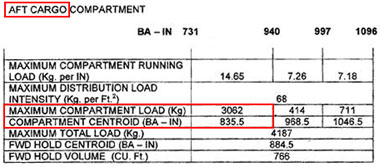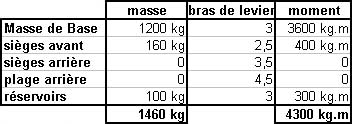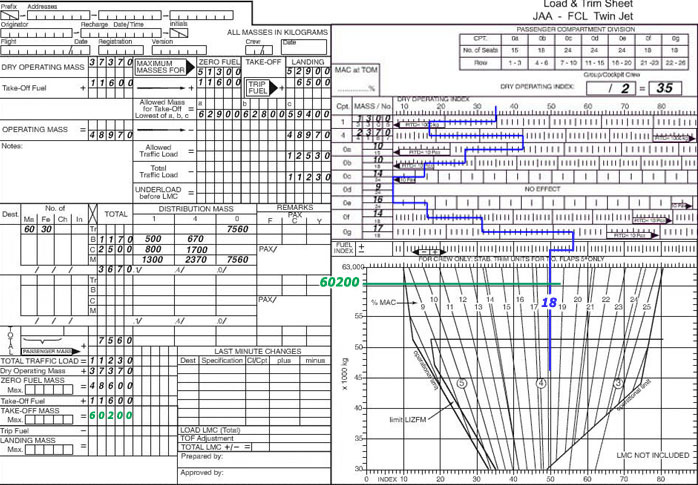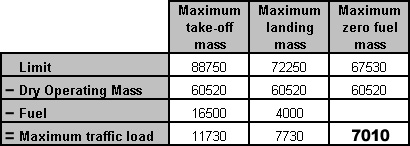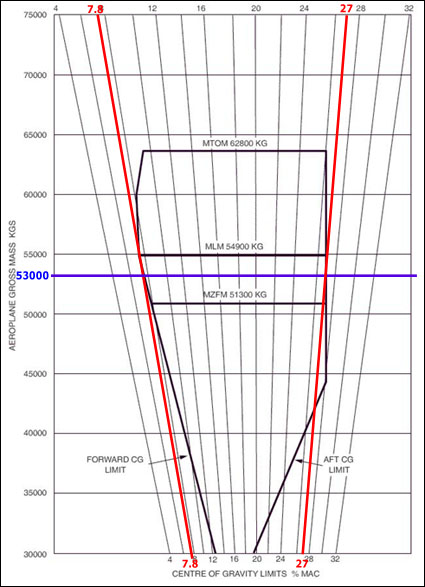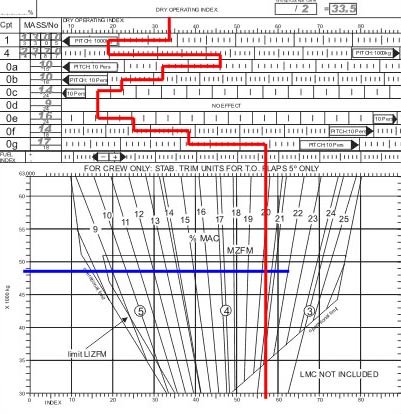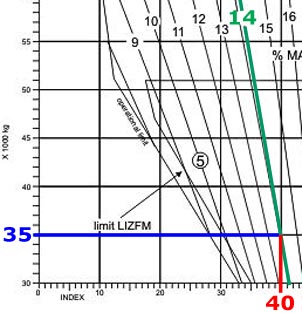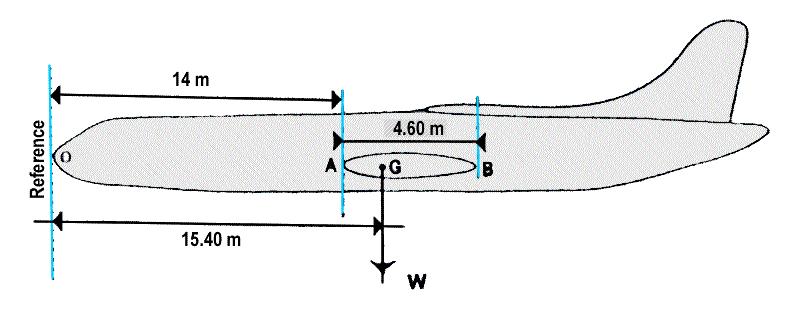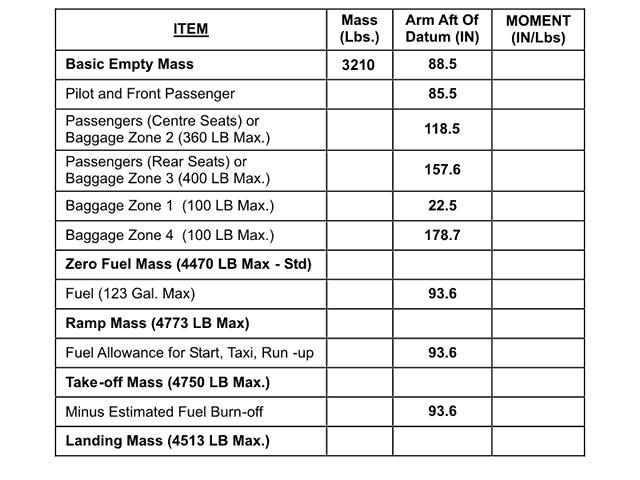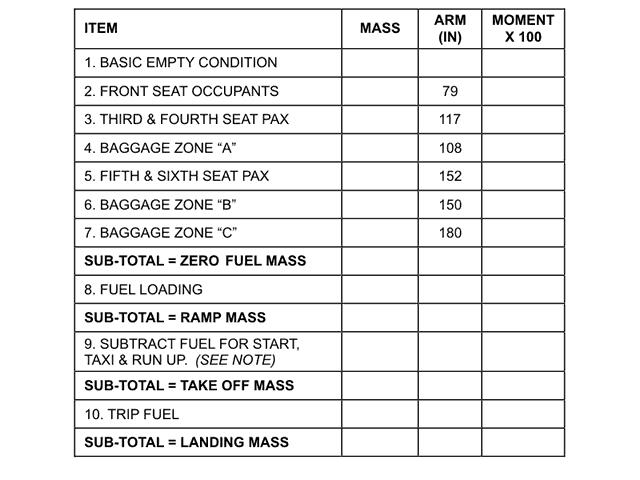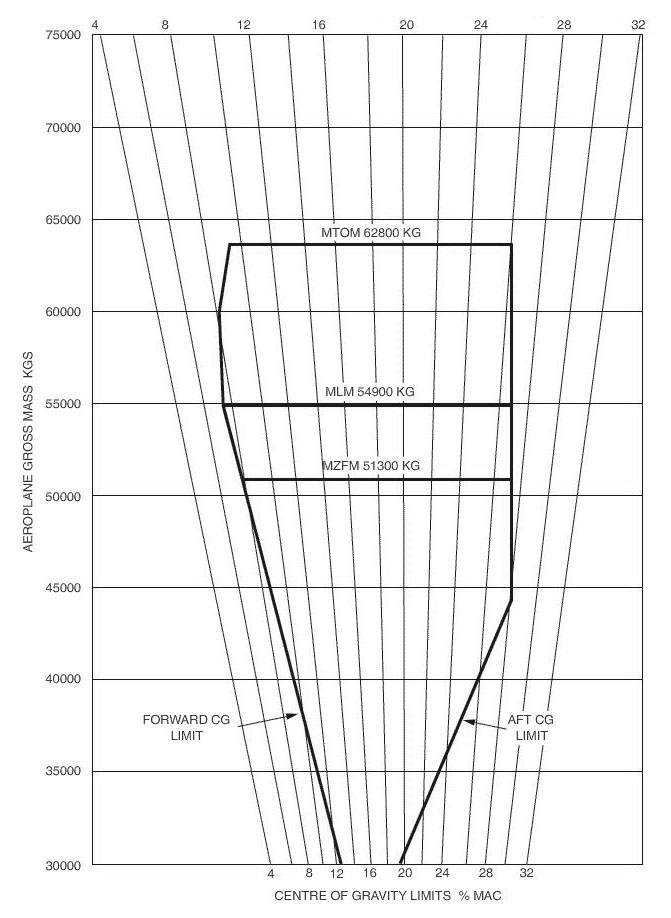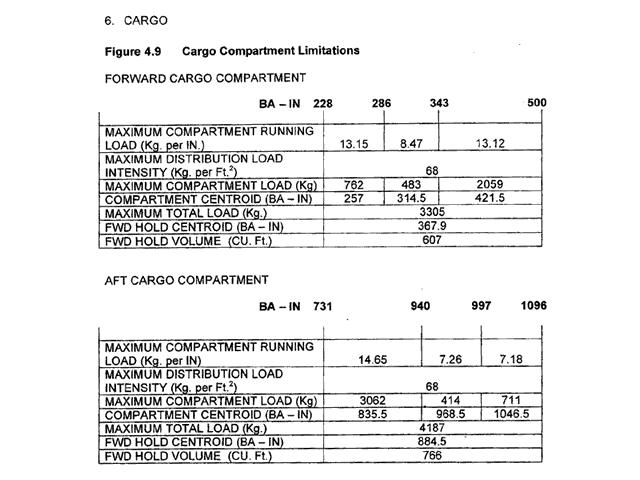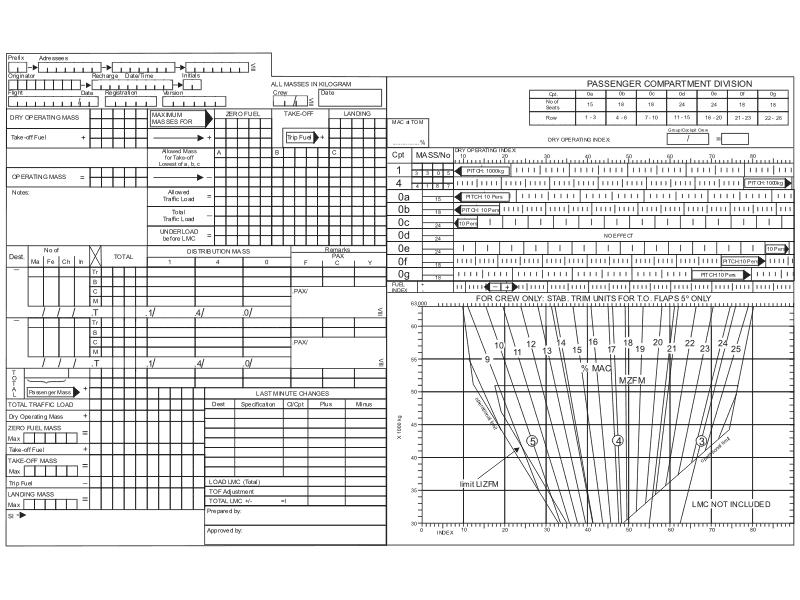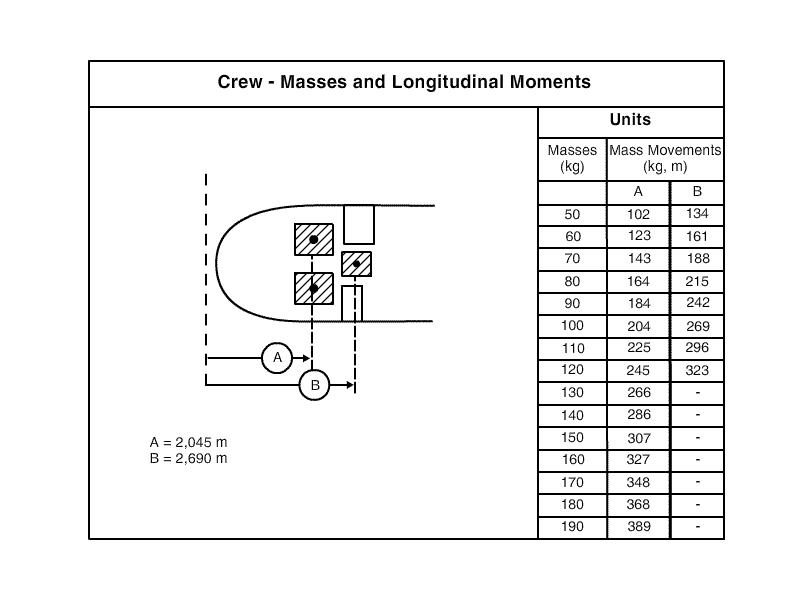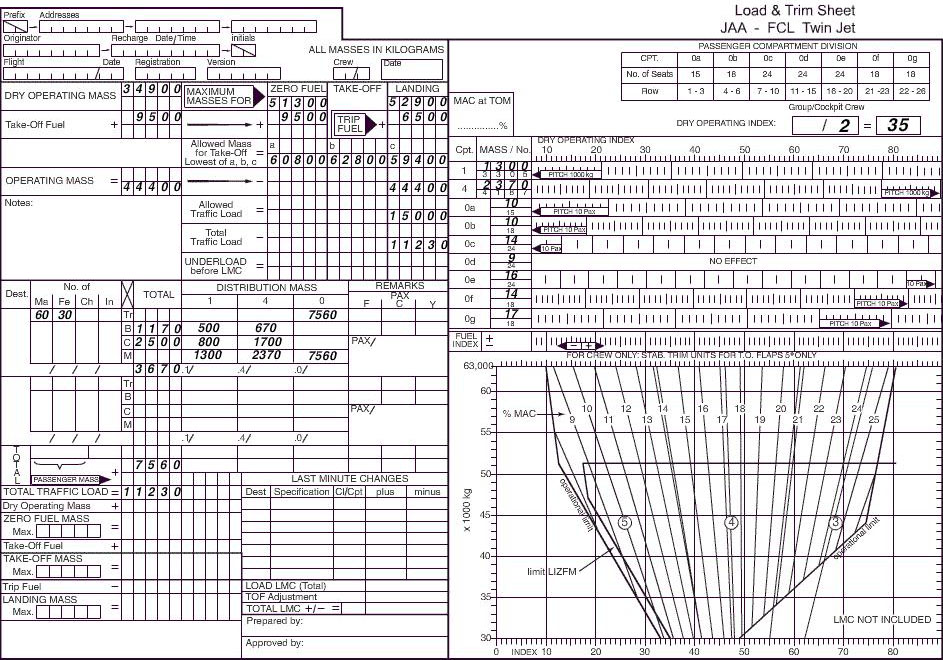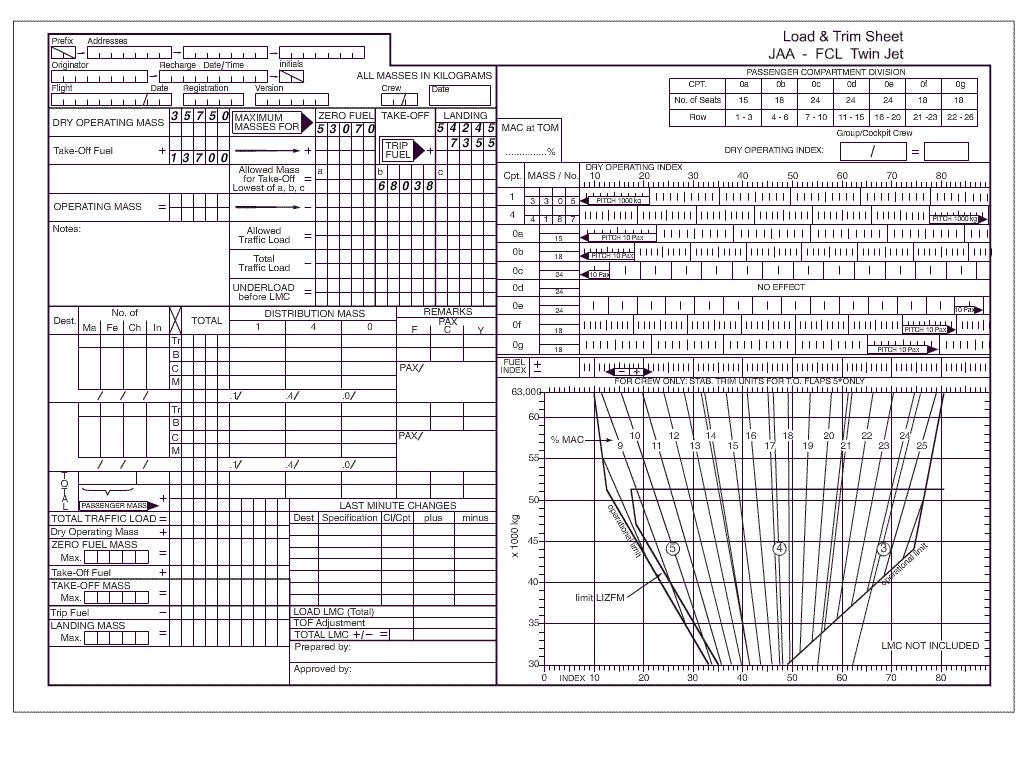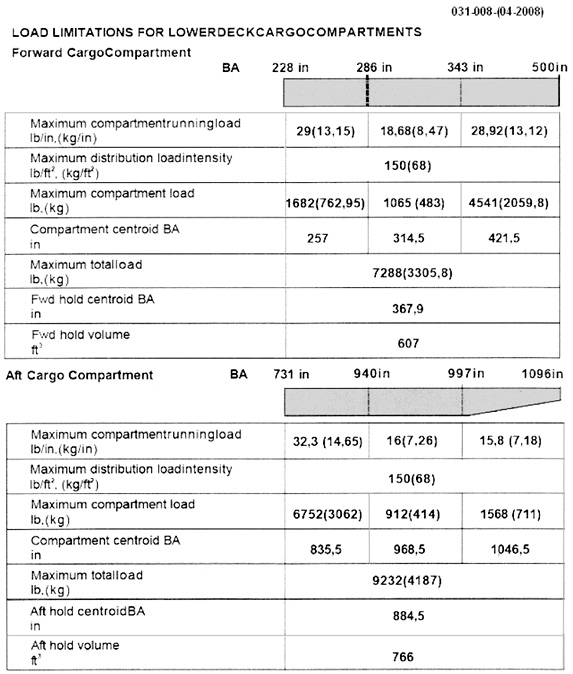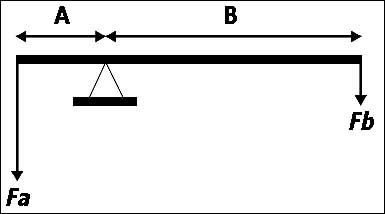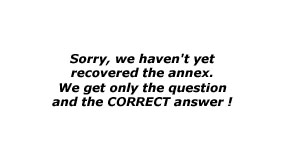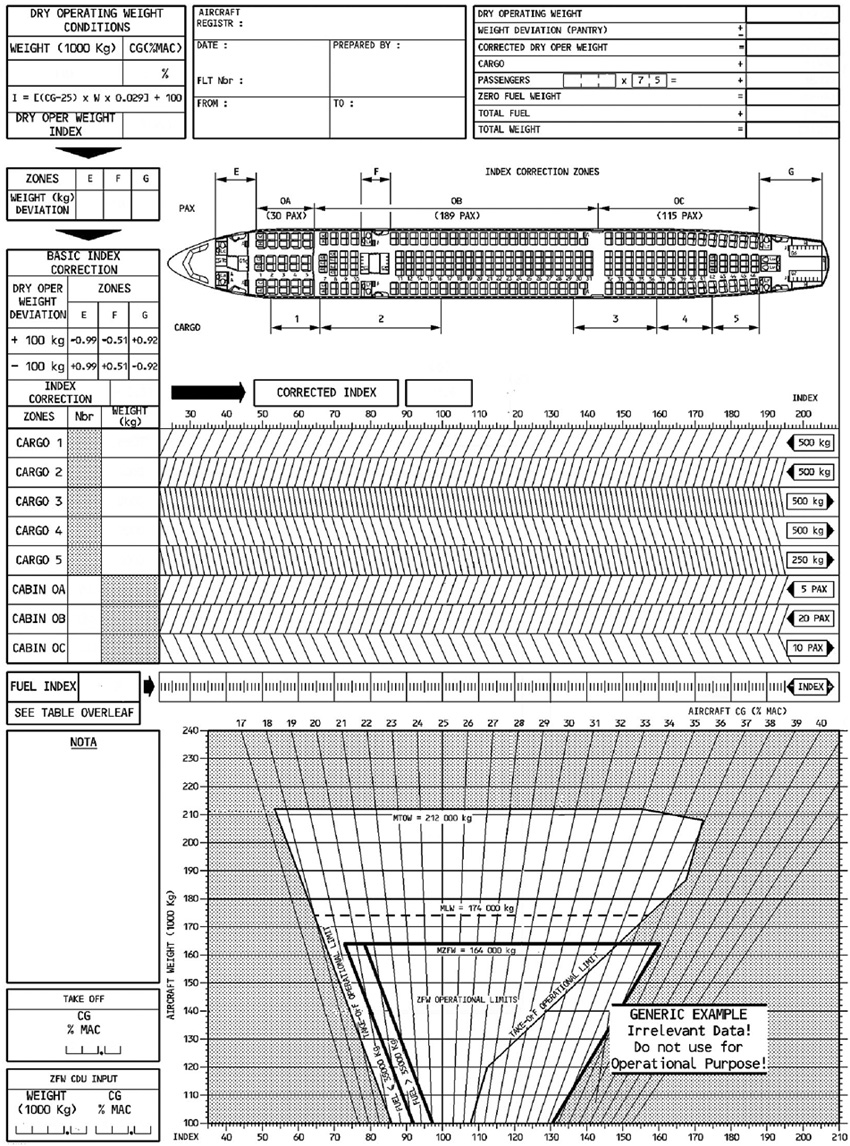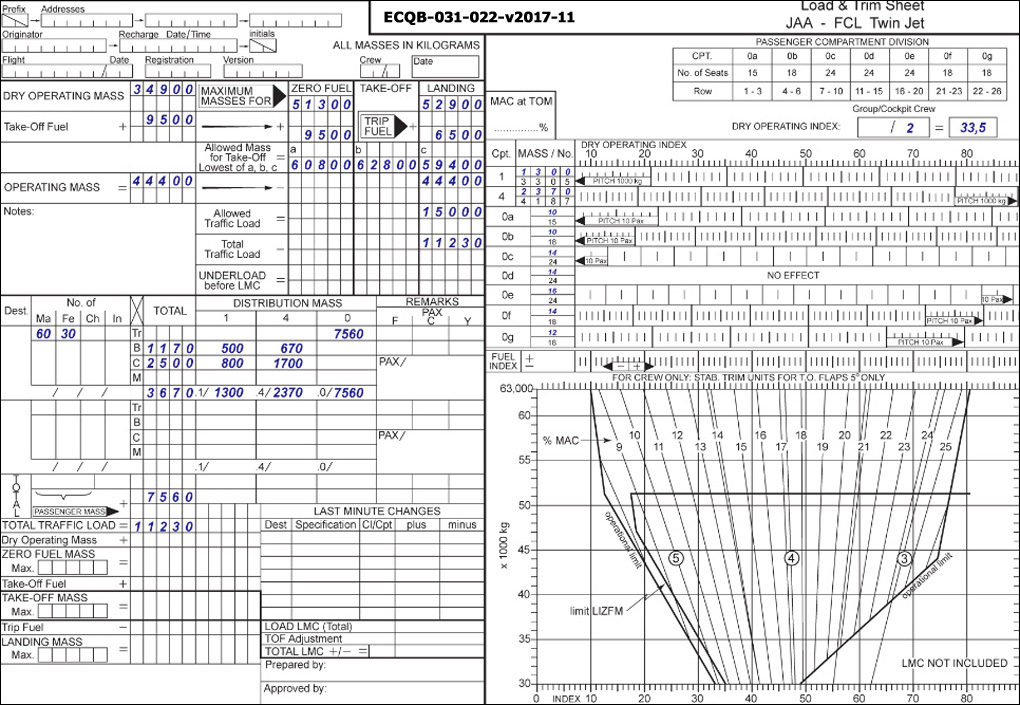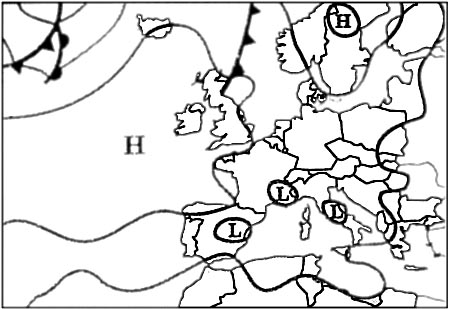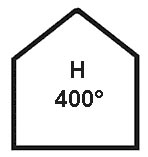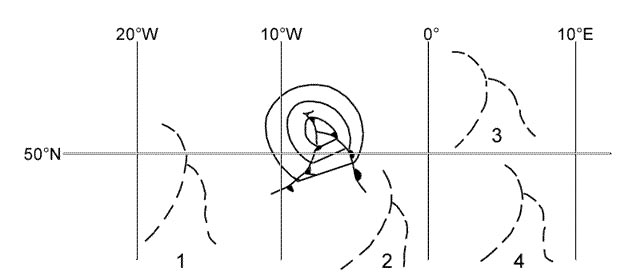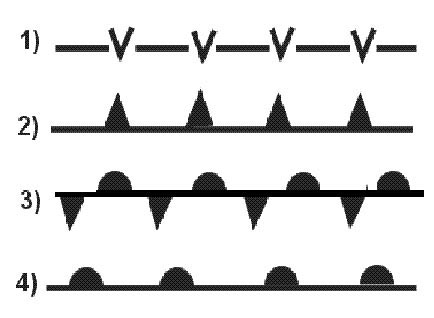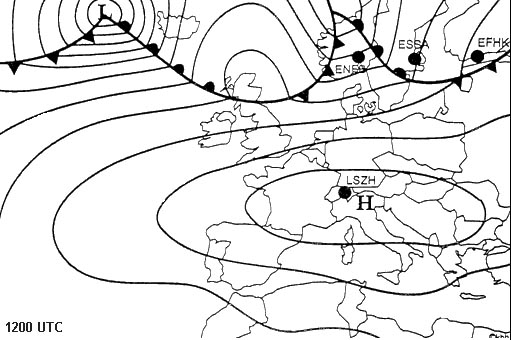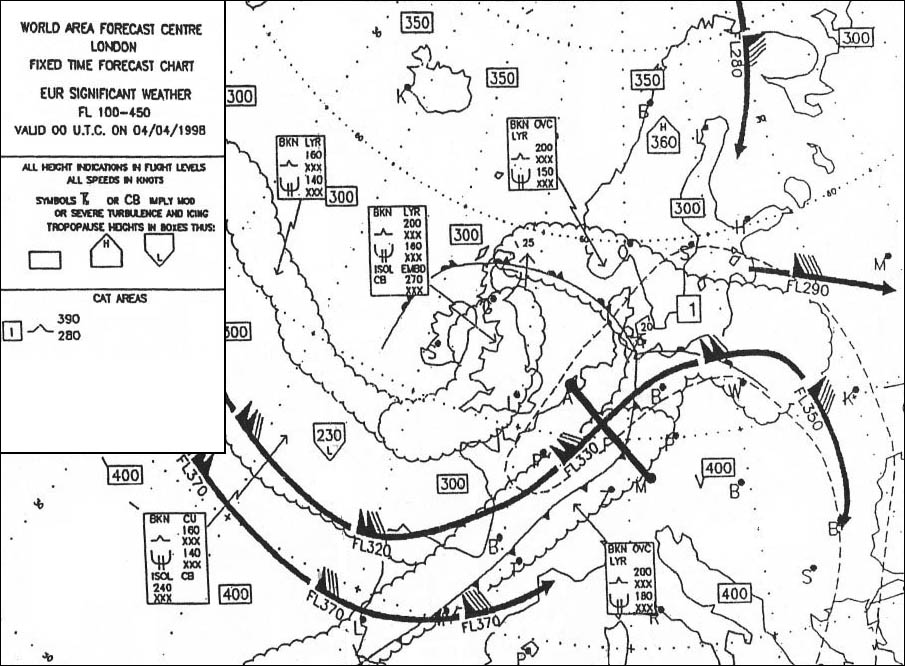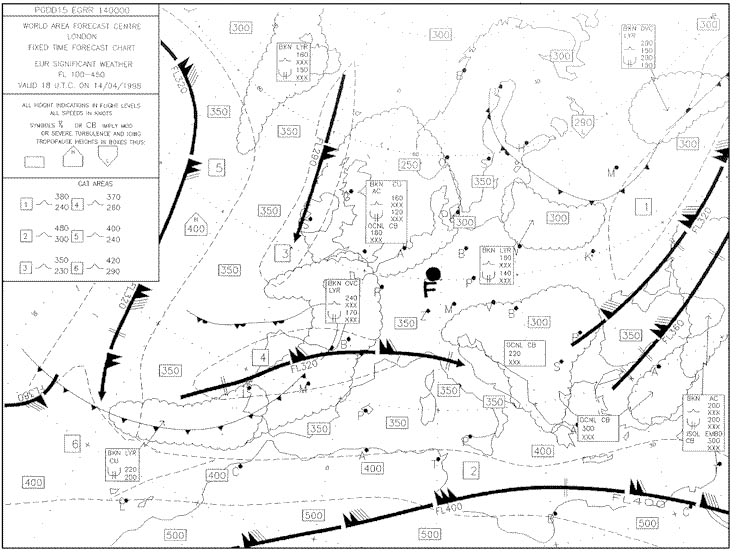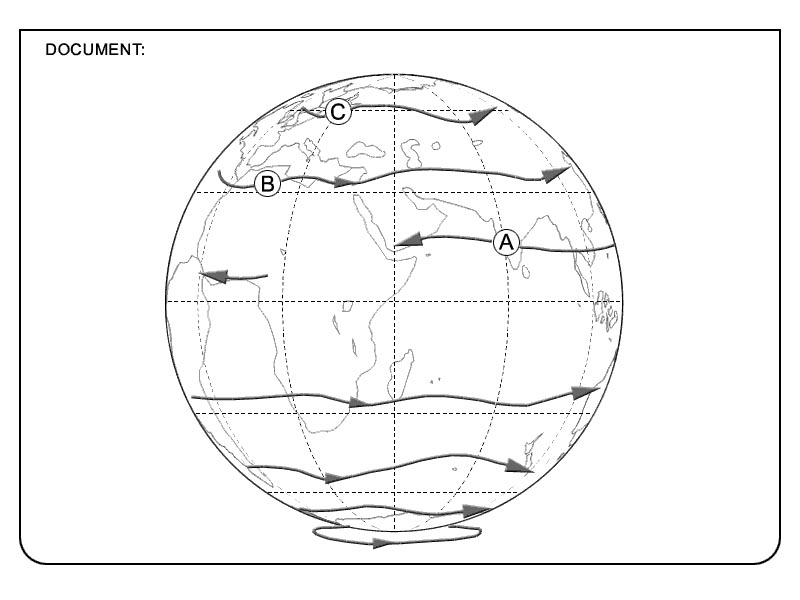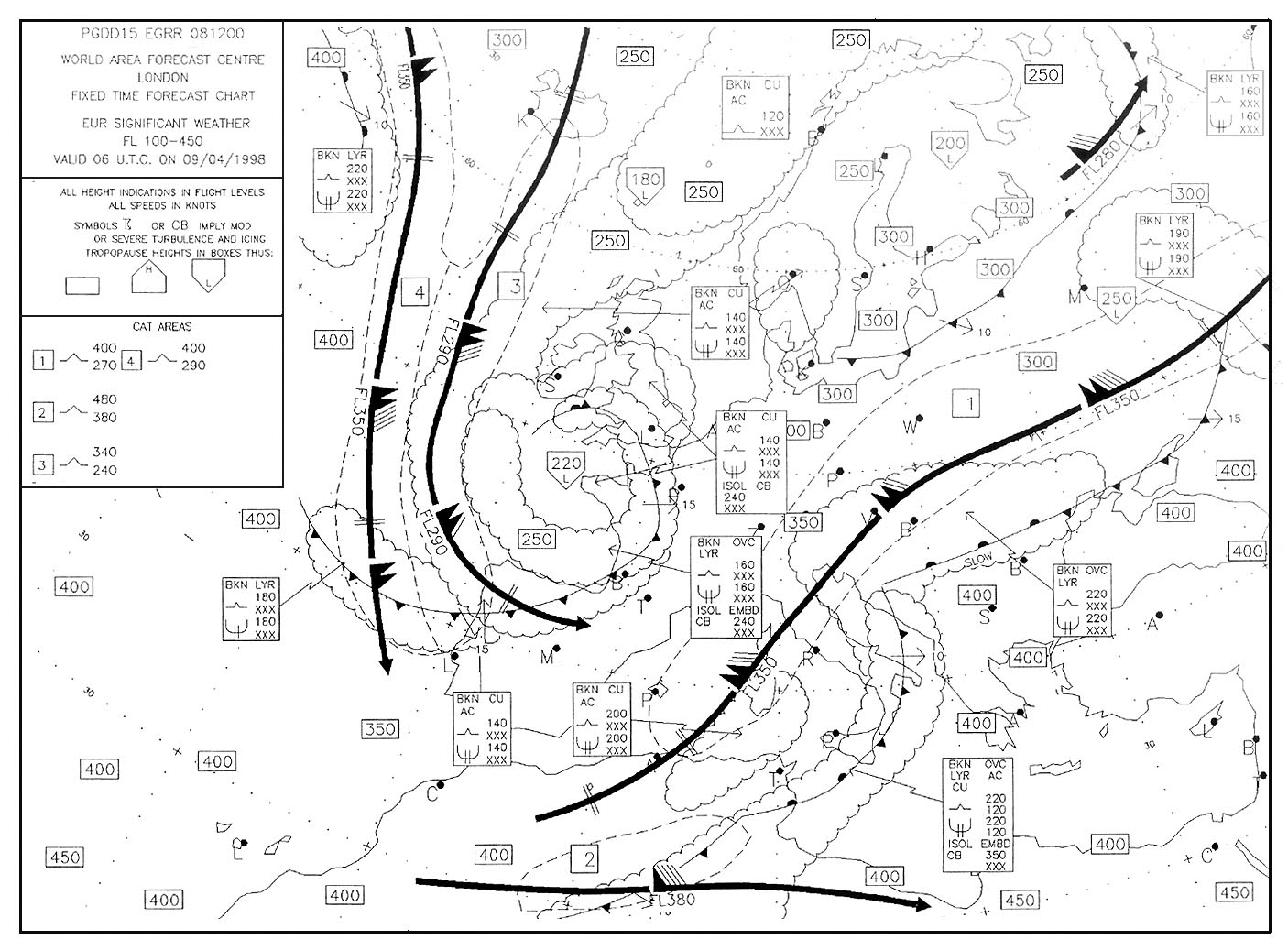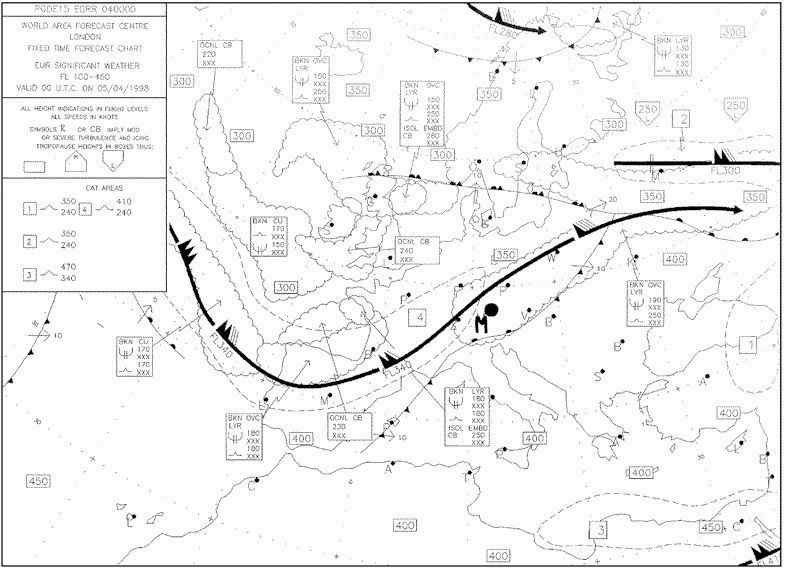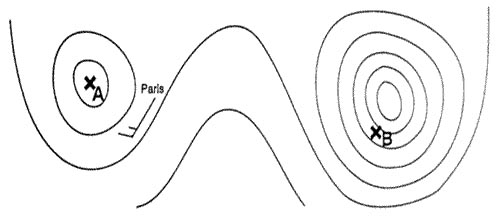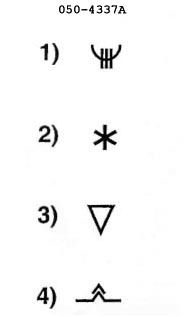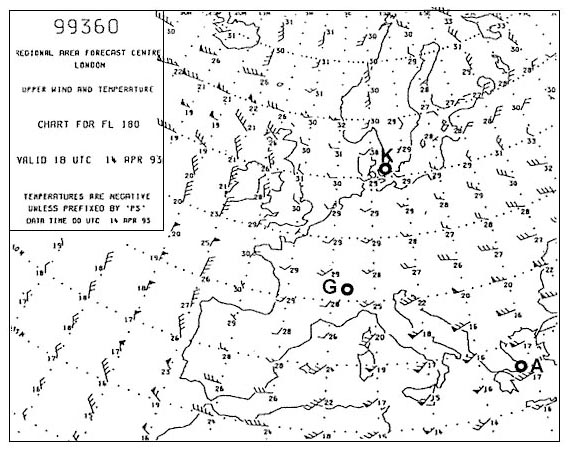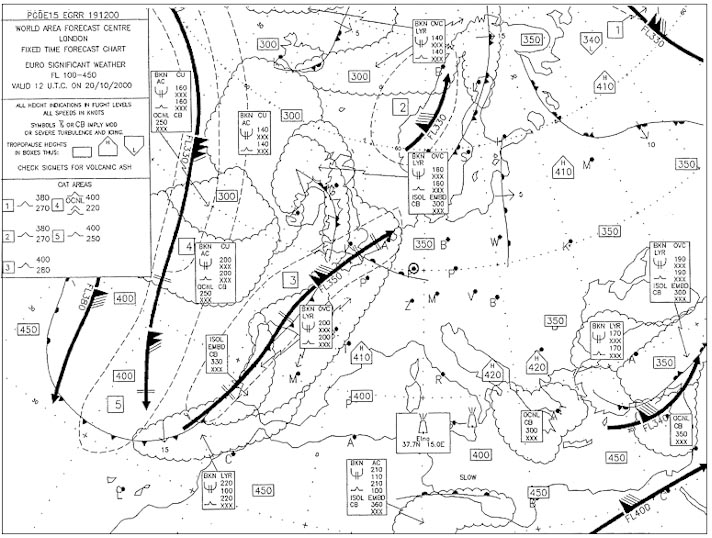Question 52-4 : The purpose of the fixed scissors is to ?
Question 52-5 : Tail rotors differ from most main rotors in that ?
Question 52-6 : Tail rotors differ from main rotors in that ?
Question 52-8 : An unshrouded tail rotor has ?
Equal pitch change to all blades
Question 52-9 : On the diagram the rotating blade pitch control is indicated by the letter . 2436 ?
Question 52-10 : What is a typical characteristic of a fully articulated rotor system ?
The blades are free to flap drag and feather independently of one another
Question 52-11 : Which of the following statements with respect to the rotor brake is correct ?
Question 52-12 : A rotor is fully articulated when ?
Question 52-13 : The chord length of the blades of a ducted tail rotor fenestron is ?
Question 52-14 : An elastomeric bearing flapping hinge in the rotor head ?
Question 52-15 : What are elastomeric bearing hinges in a rotor head ?
Question 52-16 : Intermediate or angle gearboxes are used to ?
Question 52-17 : To engage the main rotor drive prior to flight on a helicopter fitted with a centrifugal clutch the pilot should ?
Question 52-18 : The tail rotor gearbox changes direction of drive ?
Question 52-19 : The purpose of a clutch in a helicopter transmission system is to ?
Question 52-20 : Rotational drive from the gearbox to the rotorhead is transmitted by the ?
Question 52-21 : Intermediate or angle gearboxes are used to ?
Question 52-22 : In a free turbine helicopter installation ?
Question 52-23 : Helicopters which utilise a ''v' belt to transmit the drive from the engine to the transmission also incorporate ''belt tighteners'' these belt tighteners serve as ?
Question 52-24 : Freewheel units between engine and main rotor gearbox are in most cases lubricated from ?
Question 52-25 : For a free power turbine engine ?
Question 52-26 : Clutches are located in the drive between the engine and the main transmission on ?
Question 52-27 : A tail rotor drive shaft running between two engines should be ?
Question 52-28 : What is the purpose of the freewheel unit in the rotor drive system ?
Question 52-30 : A snatch engagement of a freewheel unit ?
Question 52-31 : A mercury clutch ?
Question 52-32 : The input and output speeds of an intermediate gearbox ?
Question 52-33 : Tail rotors rotate ?
Question 52-34 : Why are one or more flexible couplings usually incorporated in the tail rotor drive shafts ?
Question 52-35 : Metal tail rotor drive shafts are normally manufactured from ?
Question 52-37 : When using a strobe type tracking and balancing system on a fully articulated rotor head one blade is not equidistant from the other blades in the lateral plane the cause of this defect is that ?
Question 52-38 : What indication will be available to the pilot of wear in either tail rotor gimbal or pitch change link bearings ?
Short Modules and Progression
Each question follows on from each other without any loading time, so that each module can be quickly completed in a continuous progression. This segmentation boosts motivation and avoids the discouragement effect associated with long sessions. Ideal for staying engaged day after day.
Exclusive rights reserved. Reproduction prohibited under penalty of prosecution.
2039 Free Training Exam

